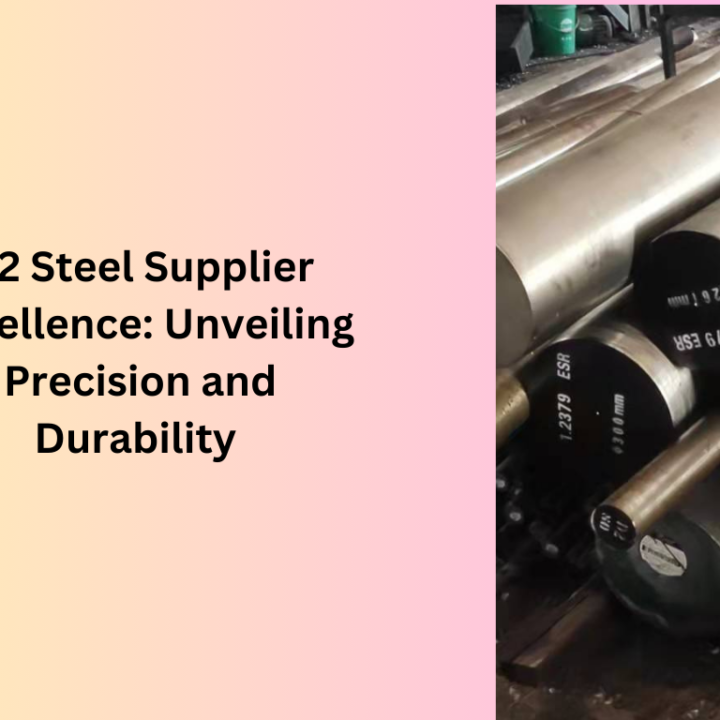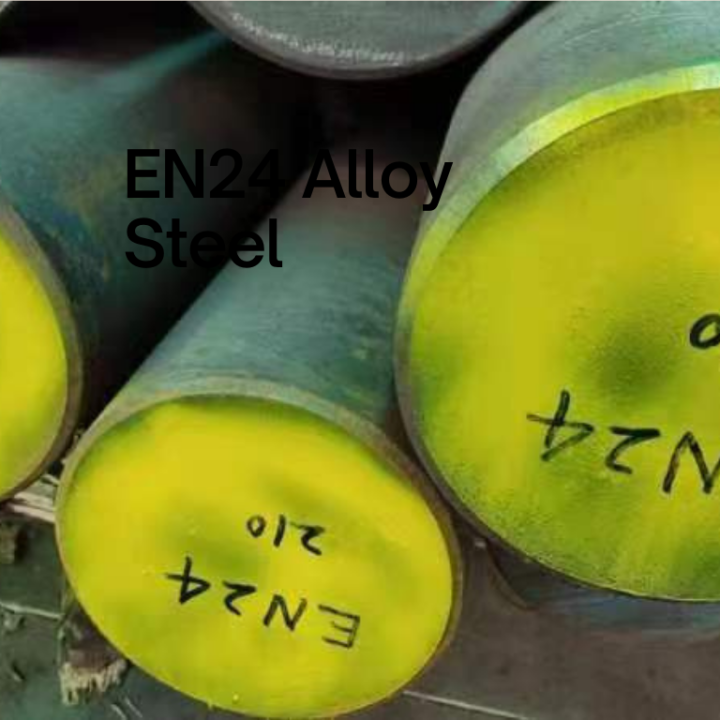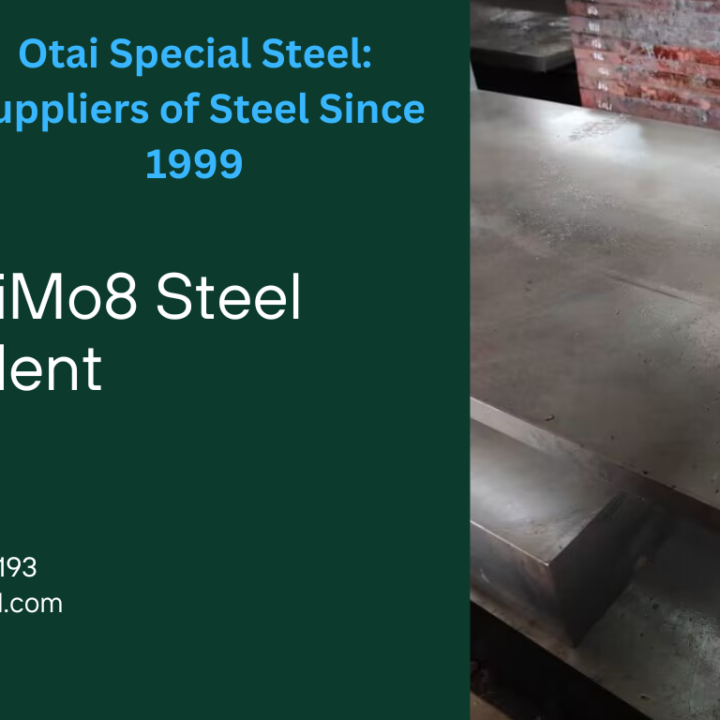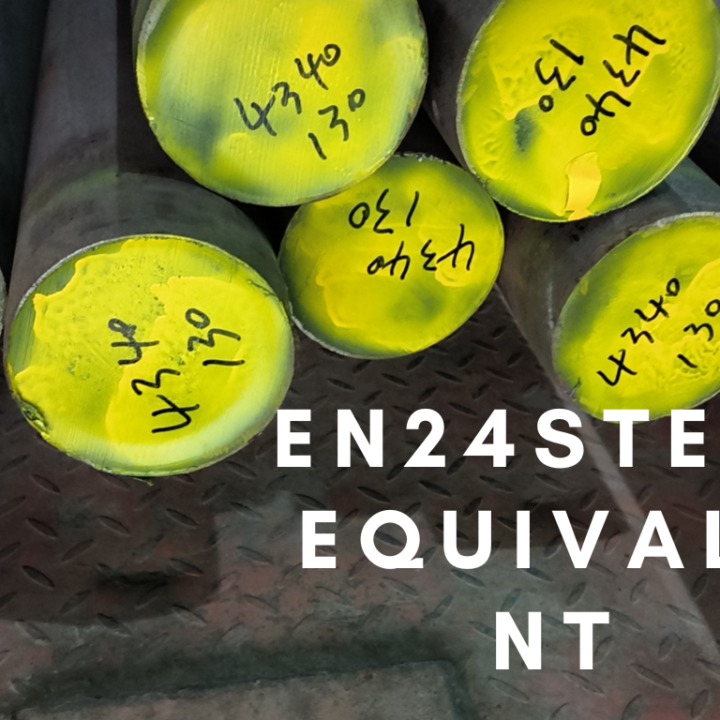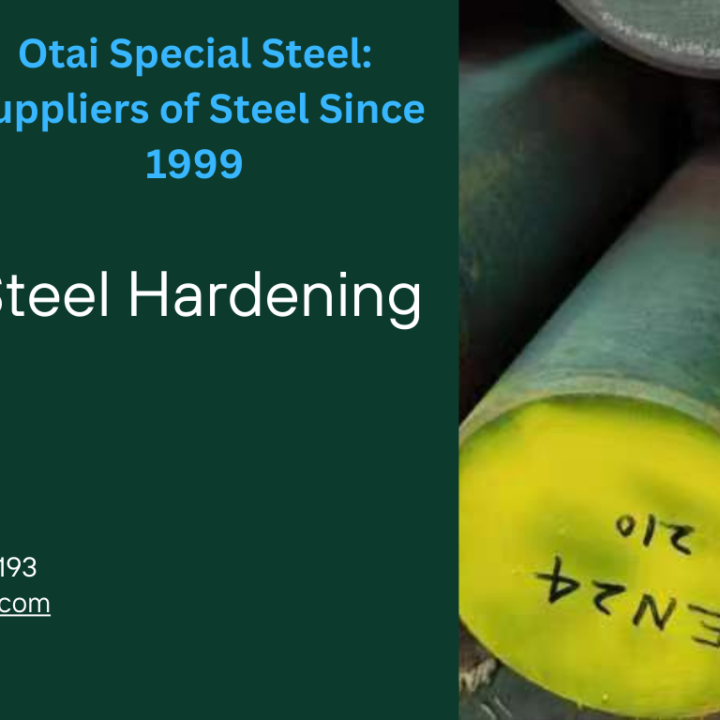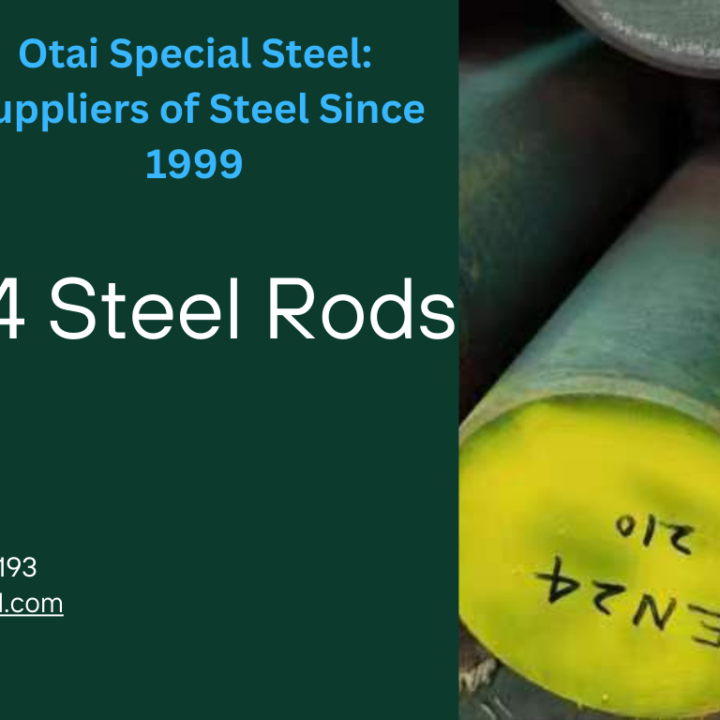Hot vs cold rolled steel. WHICH DO I NEED?
If you require large structural components, you will most likely need the hot-rolled steel process to create the parts. For smaller parts that require more precise and durable qualities, then the cold-rolled steel process is the way to go. Otai special steel supply hot and cold rolled steel if you have any question about above steels, welcome and contact our experienced sales. Email: jack@otaisteel.com
Hot Rolled Steel
Hot rolling is a mill process which involves rolling the steel at a high temperature (typically at a temperature over 1700° F), which is above the steel’s recrystallization temperature. When steel is above the recrystallization temperature, it can be shaped and formed easily, and the steel can be made in much larger sizes. Hot rolled steel is typically cheaper than cold rolled steel due to the fact that it is often manufactured without any delays in the process, and therefore the reheating of the steel is not required (as it is with cold rolled). When the steel cools off it will shrink slightly thus giving less control on the size and shape of the finished product when compared to cold rolled.
Uses: Hot rolled products like hot rolled steel bars are used in the welding and construction trades to make railroad tracks and I-beams, for example. Hot rolled steel is used in situations where precise shapes and tolerances are not required.
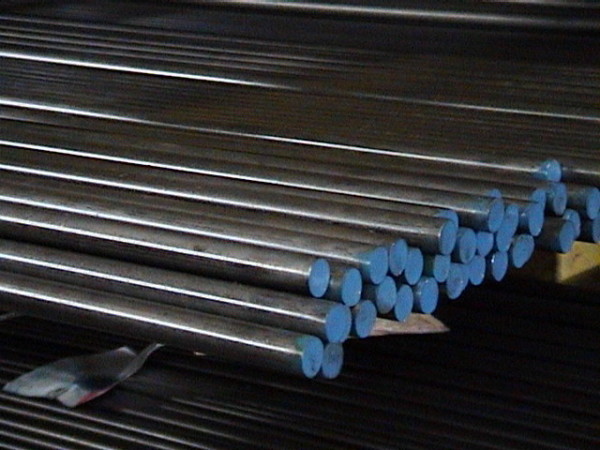
COLD-ROLLED STEEL
As you might suspect, the manufacturing process behind cold-rolled steel is a bit different. Despite the name, this process refers to steel that is pressed with the pressure of a roller at room temperature.
Compared to hot-rolled steel, cold-rolled steel has a nearly 20% increase in strength through the use of strain hardening. It’s through a series of breakdown, semi-finishing, sizing, semi-roughing, roughing and finishing that cold-rolled steel shapes can be created.
Cold-rolling steel allows for the creation of very precise shapes. Since the process is performed at room temperature, the steel will not shrink as it cools, as it does in the hot-rolled process.
The exterior finish of cold-rolled steel is very desirable when aesthetics and visual appeal are a priority in your project. However, the applications of cold-rolled steel are somewhat limited to a couple of shapes – square, round, flat, and variations thereof.
Uses: Any project where tolerances, surface condition, concentricity, and straightness are the major factors.
